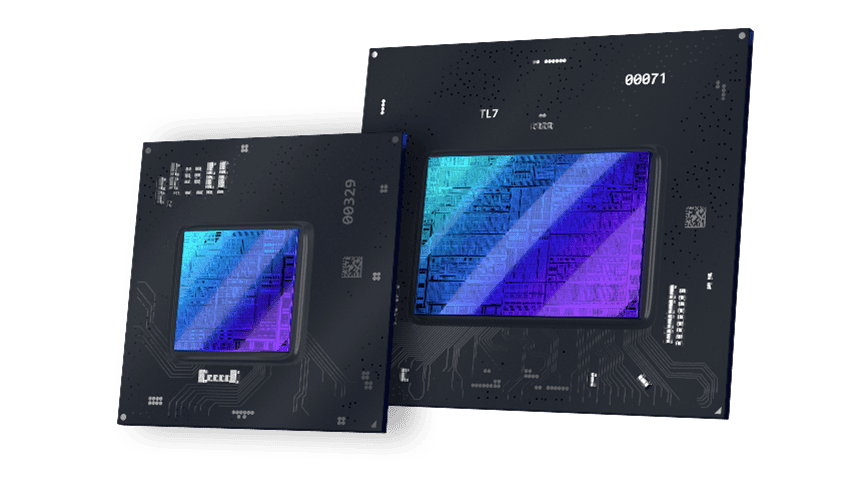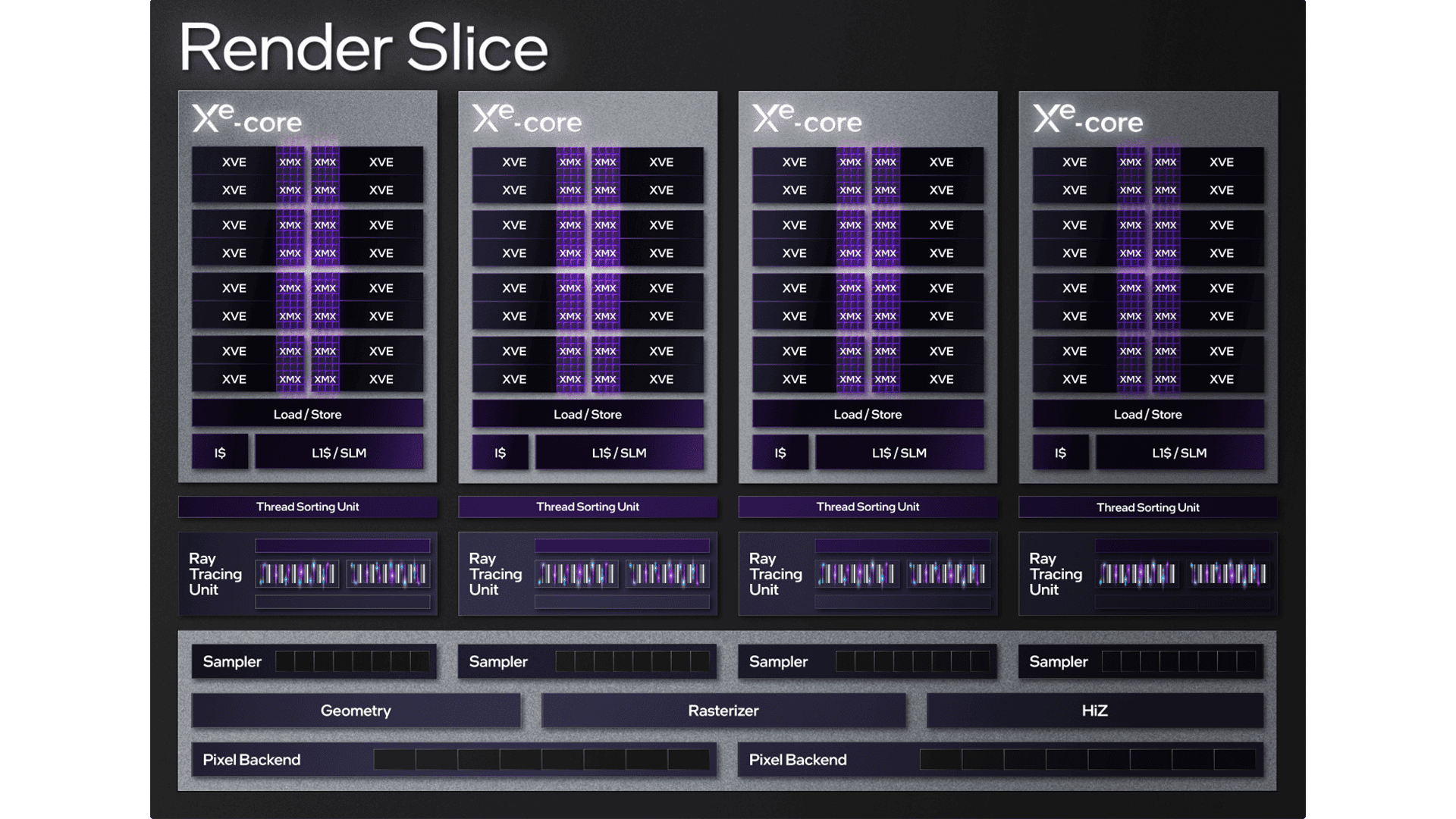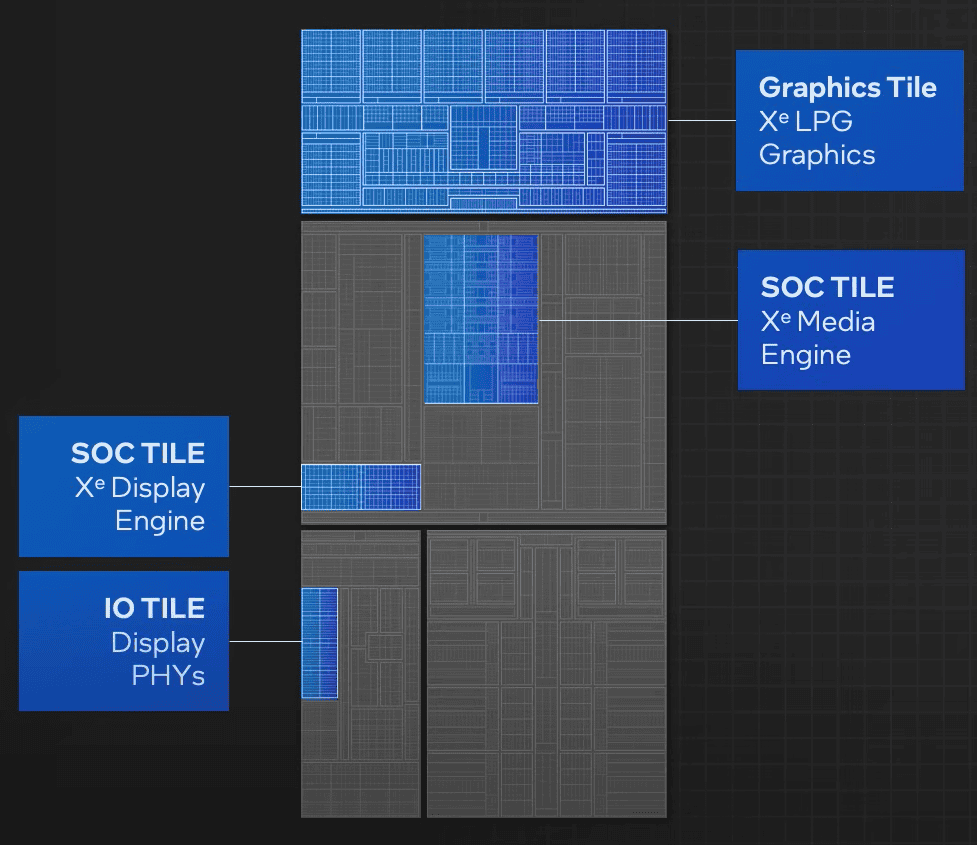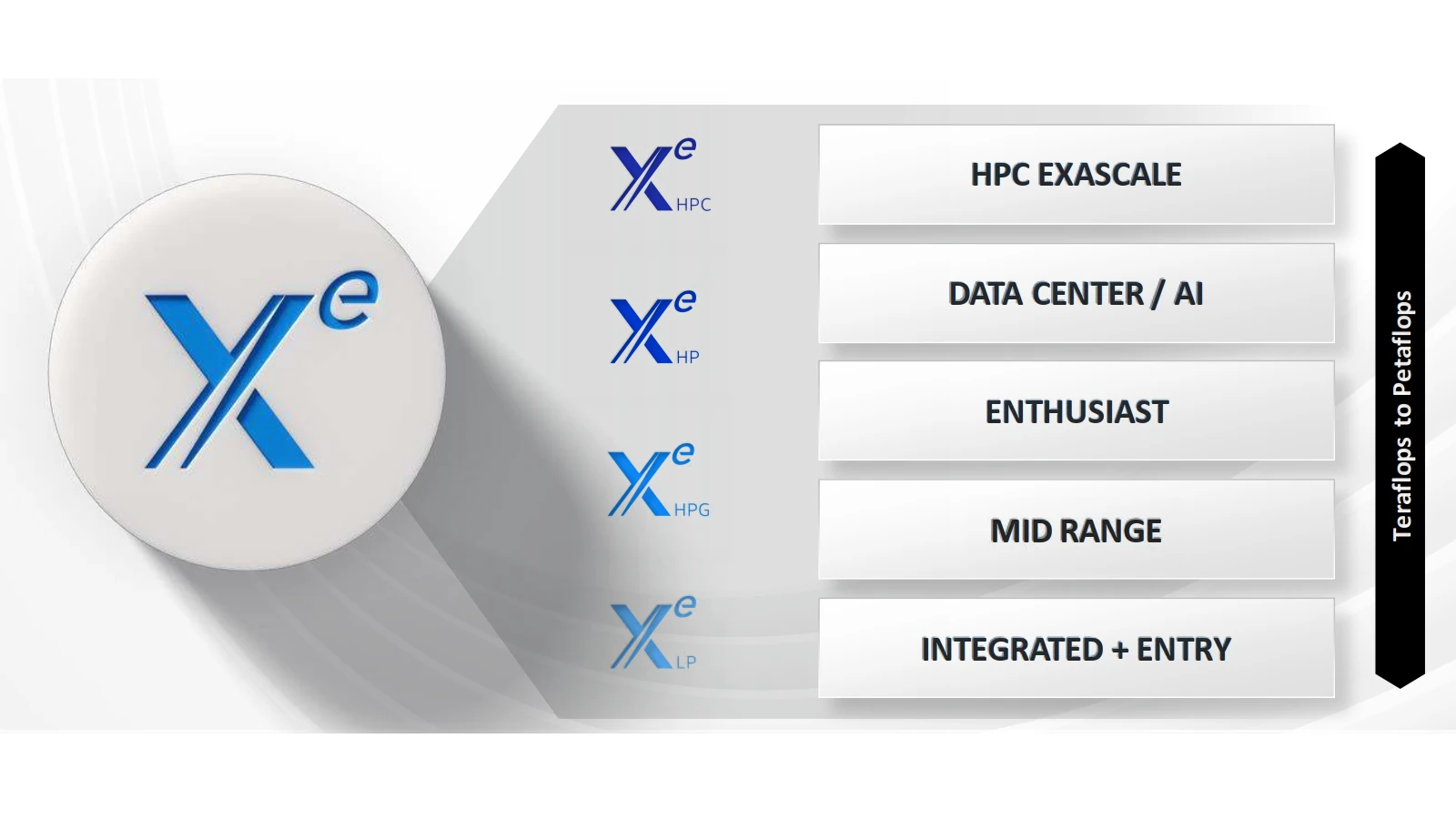Intel’s Xe-LPG marks a big step forward in graphics tech. This new architecture powers the integrated GPUs in Intel’s latest processors. It offers twice the performance per watt of previous designs, making it a game-changer for laptops and small devices.
Xe-LPG brings features once reserved for high-end graphics cards to everyday computers. It has 8 ray tracing units and 1024 shader cores. These parts work together to create better graphics in games and other apps. The use of TSMC’s N5 node helps make these chips small and power-efficient.
This tech isn’t just for gamers. It helps with tasks like video editing and 3D modeling too. Xe-LPG shows Intel’s push to compete with other big names in graphics. It’s part of a wider plan to offer strong graphics options in both integrated and separate cards.
Intel Xe-LPG: Integrated Graphics Get a Major Upgrade
Say goodbye to sluggish integrated graphics! Intel Xe-LPG is here to redefine what you can expect from the graphics built into your processor. Xe-LPG, short for Intel Xe Low Power Graphics, brings a significant performance boost and exciting new features to enhance your everyday computing experience, from smooth video playback to casual gaming and beyond.
The Alchemist Connection
Xe-LPG shares its architectural foundation with Intel’s Arc Alchemist discrete graphics cards. This means that advanced features and technologies previously found only in dedicated GPUs are now making their way into integrated graphics. This is a game-changer for users who rely on integrated graphics for their daily computing needs.

More Power, More Efficiency
One of the key improvements in Xe-LPG is the increased number of Execution Units (EUs). These are the workhorses of the GPU, responsible for processing graphics data. With more EUs, Xe-LPG can handle more complex tasks and deliver smoother performance. But it’s not just about raw power; Xe-LPG is also designed for efficiency, contributing to longer battery life in laptops.
Media and AI Muscle
Xe-LPG comes with an enhanced media engine that supports hardware-accelerated encoding and decoding of the latest video codecs, including AV1. This means you can enjoy smooth playback of high-resolution videos, even 8K content, without putting a strain on your system. And with integrated AI capabilities, Xe-LPG can handle AI-enhanced tasks like video upscaling and image processing.
Gaming Gets a Boost
While not a replacement for a dedicated gaming GPU, Xe-LPG offers a significant improvement in gaming performance compared to previous Intel integrated graphics. You can now enjoy casual games at respectable frame rates, making it a great option for users who want to play light games without investing in a separate graphics card.
Xe-LPG vs. Previous Generations: Key Improvements
| Feature | Previous Generations | Xe-LPG |
|---|---|---|
| Architecture | Older Architectures (e.g., UHD Graphics) | Based on Alchemist Architecture |
| Execution Units (EUs) | Fewer EUs | Significantly More EUs |
| Media Engine | Less Powerful | Enhanced Media Engine (AV1 Support) |
| AI Capabilities | Limited | Integrated AI Acceleration |
| Gaming Performance | Lower Performance | Improved Gaming Performance |
Intel Xe-LPG is a major step forward for integrated graphics, offering a compelling blend of performance, efficiency, and features. It’s a great option for users who want a smooth and enjoyable computing experience without the need for a dedicated graphics card.

Key Takeaways
- Xe-LPG doubles graphics performance per watt in Intel processors
- It adds ray tracing and more shader cores to integrated GPUs
- The new architecture improves graphics for gaming and creative work
Architecture and Performance
Intel’s Xe-LPG graphics architecture brings major upgrades to integrated GPUs. It offers improved performance, new features, and better efficiency compared to previous generations.
Design and Technology
Xe-LPG uses a tile-based design. The graphics tile connects to other parts of the chip through a fast link. This setup lets Intel make each part of the chip separately. The GPU has Xe cores, which are the main processing units. Each core has many small engines that work together to create graphics.
The architecture supports new tech like ray tracing. This makes lighting and shadows look more real in games and 3D apps. Xe-LPG also has special parts to speed up AI tasks.
Core Specifications
Xe-LPG GPUs have up to 8 Xe cores. Each core has 128 vector engines. These work on math problems needed for graphics. The GPU also has units for ray tracing and AI.
The chip runs at different speeds. The base clock is 300 MHz, but it can go much faster when needed. The exact top speed depends on the specific model.
Xe-LPG has various caches. These are small, fast memory areas that help the GPU work quickly. There’s L1 cache in each core and a larger L2 cache shared by all cores.
Performance Metrics
Xe-LPG offers better performance than older Intel GPUs. It can handle more operations per second, measured in TFLOPS. The exact numbers vary by model.
In games, Xe-LPG can run many titles at 1080p resolution. Frame rates depend on the game and settings. Some less demanding games might even run at higher resolutions.
For non-gaming tasks, Xe-LPG is faster too. Video editing and 3D rendering see big speed boosts. The new AI units also help with tasks like photo filters and voice recognition.

Ray Tracing and Media Capabilities
Ray tracing is a big feature of Xe-LPG. It has special hardware to speed up this complex lighting tech. Games that use ray tracing look more realistic on Xe-LPG chips.
The media engine in Xe-LPG is very capable. It can encode and decode many video formats. This includes AV1, a new format that offers better quality at smaller file sizes. The chip also handles HDR video well.
For content creators, Xe-LPG offers faster video encoding. This means less time waiting when making or editing videos.

Connectivity and Compatibility
Xe-LPG supports modern display standards. It works with DisplayPort 2.1 and HDMI. This lets it connect to high-resolution and high-refresh-rate monitors.
The architecture is made to work well with DirectX 12 Ultimate. This is Microsoft’s latest graphics software for Windows. It enables advanced effects in games and apps.
Intel’s drivers for Xe-LPG are always improving. Regular updates add features and fix issues. The chips also support Intel’s XESS, which is an AI-powered tool to boost game graphics.







